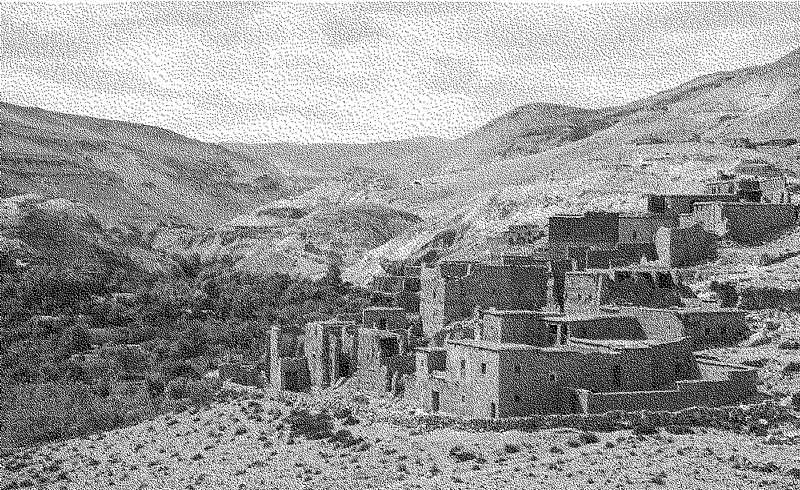
It is generally believed that bioclimatic design is ultimately just one way among others to create economical or efficient buildings.
Designing with the climate would only serve to reduce consumption of heating, air conditioning, artificial lighting and ventilation.
However, the history of bioclimatic design shows that the consideration of climate was motivated by symbolic reasons, and not just energetic ones.
The Pueblo Indians of New Mexico who built their villages according to the path of the sun in the first millennium did so because the sun was important in their culture.
He was at the center of their lives, their cults and their myths.
The engineers, architects and DIYers who designed their homes according to the climate following the first oil crisis also did so because they wanted to reconnect with their environment.
Anthropologists have clearly shown that a building is also the reflection of a certain culture and that it crystallizes a relationship with the world.
Defending bioclimatic design means showing the energy savings it allows, but also the lifestyle changes brought about by living with the climate.
I had the pleasure of addressing this theme during the podcast “Sacrément beau” produced by Leila Feghoul.
This episode is titled “Struggle or acclimatize to your environment? » and constitutes a good entry point to address all these fascinating subjects.
Sources: R. Knowles, A. Rapoport, F.-M. Camia.
Image: Unsplash, Nicolas Cool